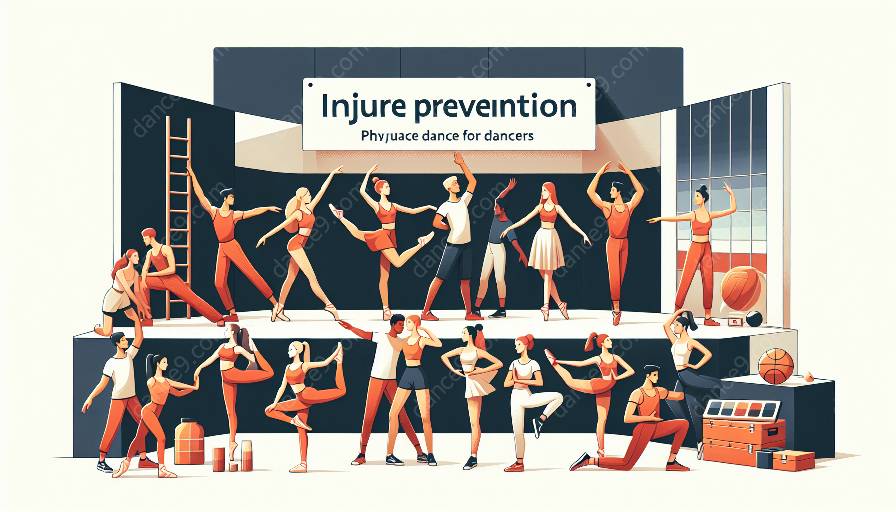Dancers face unique mental health challenges due to the demands of their art form. Stress and anxiety can lead to an increased risk of injury, making it crucial for dancers to prioritize their mental well-being alongside physical health. In this article, we will explore the importance of managing stress and anxiety to prevent injuries related to mental health challenges, while also addressing the broader topic of injury prevention and the significance of physical and mental health in dance.
The Impact of Stress and Anxiety on Dancers
Dance is not only physically demanding but also mentally taxing. The pressure to perform flawlessly, maintain a certain physique, and juggle rigorous schedules can lead to high levels of stress and anxiety among dancers. Both professional and aspiring dancers often experience performance anxiety, fear of failure, and the stress of competition, auditions, and rehearsals. These mental health challenges can take a toll on the body and may contribute to an increased risk of injuries.
Strategies for Managing Stress and Anxiety
To mitigate the negative effects of stress and anxiety, dancers can adopt various strategies to prioritize mental well-being. Mindfulness and relaxation techniques, such as meditation, deep breathing, and visualization, can help dancers manage stress and anxiety. Additionally, seeking professional mental health support through therapy or counseling can provide dancers with the tools to address and overcome their mental health challenges.
Role of Mental Health in Injury Prevention
Maintaining good mental health is integral to injury prevention in dance. When dancers experience excessive stress and anxiety, their focus may shift from proper technique and form to fear of failure or injury, leading to compromised physical performance. This can increase the likelihood of accidents and overuse injuries. By addressing mental health challenges, dancers can improve their ability to concentrate, stay present in the moment, and make sound decisions that contribute to injury prevention.
Physical and Mental Health in Dance
Physical and mental health are interconnected in the world of dance. While physical strength, flexibility, and conditioning are essential for injury prevention, mental well-being is equally crucial. Dancers must find a balance between pushing their physical limits and taking care of their mental health. Through a holistic approach that includes both physical and mental health, dancers can optimize their performance, reduce the risk of injuries, and sustain long and fulfilling careers in dance.
Conclusion
Managing stress and anxiety is paramount for dancers to prevent injuries related to mental health challenges. By prioritizing mental well-being, dancers can enhance their overall performance, reduce the risk of injuries, and cultivate a sustainable career in dance. Recognizing the importance of physical and mental health in dance, both as individual components and as intertwined elements, is essential for the well-being of dancers at all levels.


































